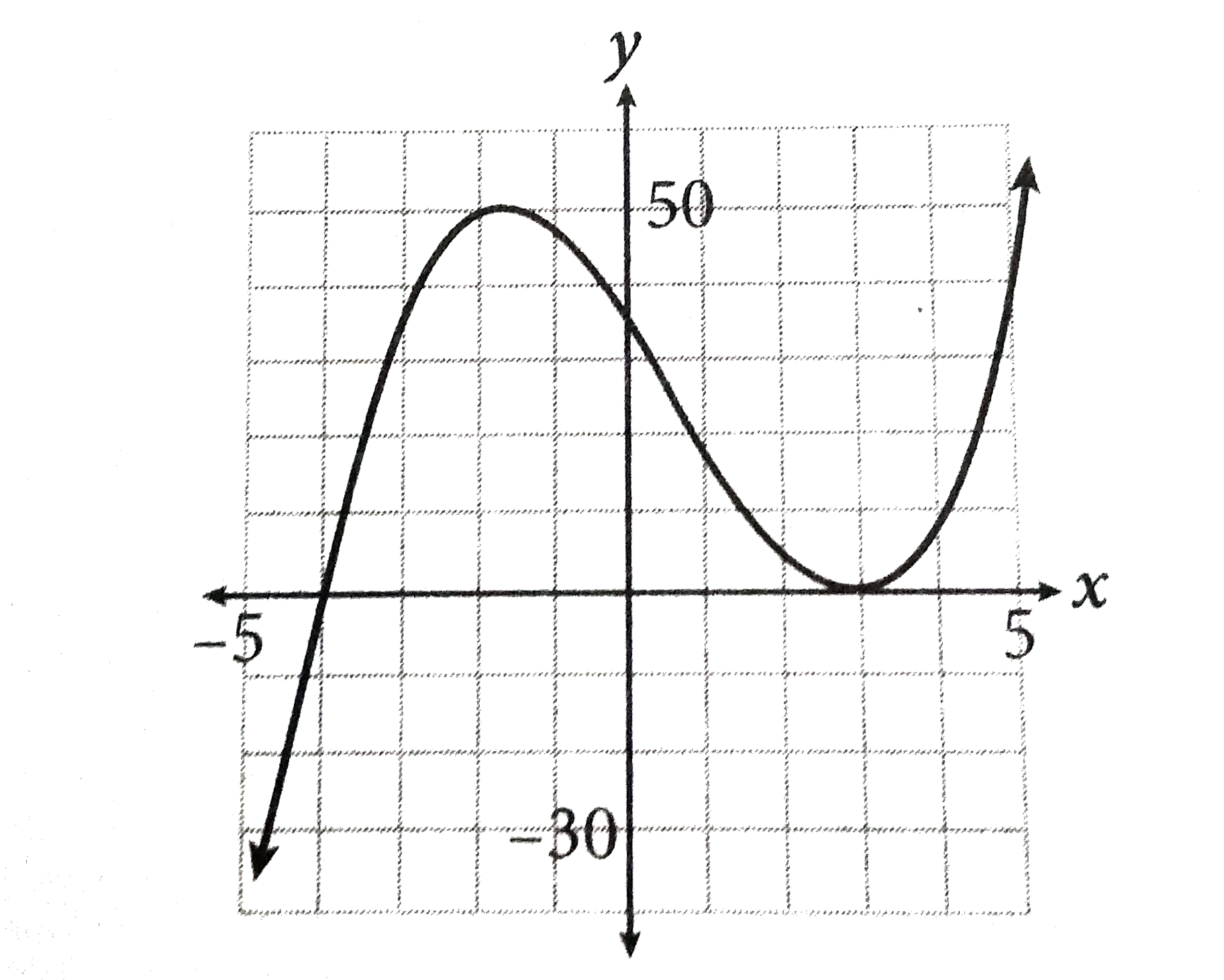If p(x) is a polynomial function and p(-1)=3, which statement is true?
The remainder when p(x) is divided by x-3 is -1.
The remainder when p(x) is divided by x+3 is -1.
The remainder when p(x) is divided by x-1 is 3.
The remainder when p(x) is divided by x+1 by 3.
The correct Answer is:D
Step by step video, text & image solution for If p(x) is a polynomial function and p(-1)=3, which statement is true? by Maths experts to help you in doubts & scoring excellent marks in Class 12 exams.
Updated on:21/07/2023Topper's Solved these Questions
Similar Questions
Knowledge Check
If p(x) is a polynomial function and p(4)=0, then which statement is true?
Ax+4 is a factor of p(x)Bx-4 is a factor of p(x)CThe greatest power of x in p(x) is 4.Dp(x) is divisible by 4.If p(x) is a polynomial function with p(3)=0, which statement must be true?
Ap(x) is divisible by 3.Bx-3 is factor of p(x)Cp(x) is divisible by x+3DThe highest power of x in p(x) is 3.2x+p=7x−3,2y+q=7y−3
In the above equations, p and q are constant. If q is 5 less than p, which of the following statements is true?Ax is 1 less than yBx and y equalCx is 1 more than y.Dx is 2 more than y.
If p(x) is a polynomial of degree 3 satisfying p(−1)=10,p(1)=−6andp(x) has maxima at x=−1andp'(x) has minima at x=1, find the distance between the local maxima and local minima of the curve.
View SolutionIf P(x) is a polynomial such that P(x)+P(2x)=5x2−18, then limx→3P(x)x−3, is
View SolutionIf P(x) is polynomial of degree 4 such than P(−1)=P(1)=5andP(−2)=P(0)=P(2)=2 find the maximum vaue of P (x).
View Solutionp(x)=4(−x3+11x+12)−6(x−c)
In the polynomial function p(x) defined above c is a constant. If p(x) is divisible by x, what is the value of c?
View Solutionp(x)=6x2+7x−2
q(x)=2x2+7x−1
Two polynomial functions p(x) and q(x) are defind above. Which of the following polynomial functions is divisible by 2x+5?
View Solution

